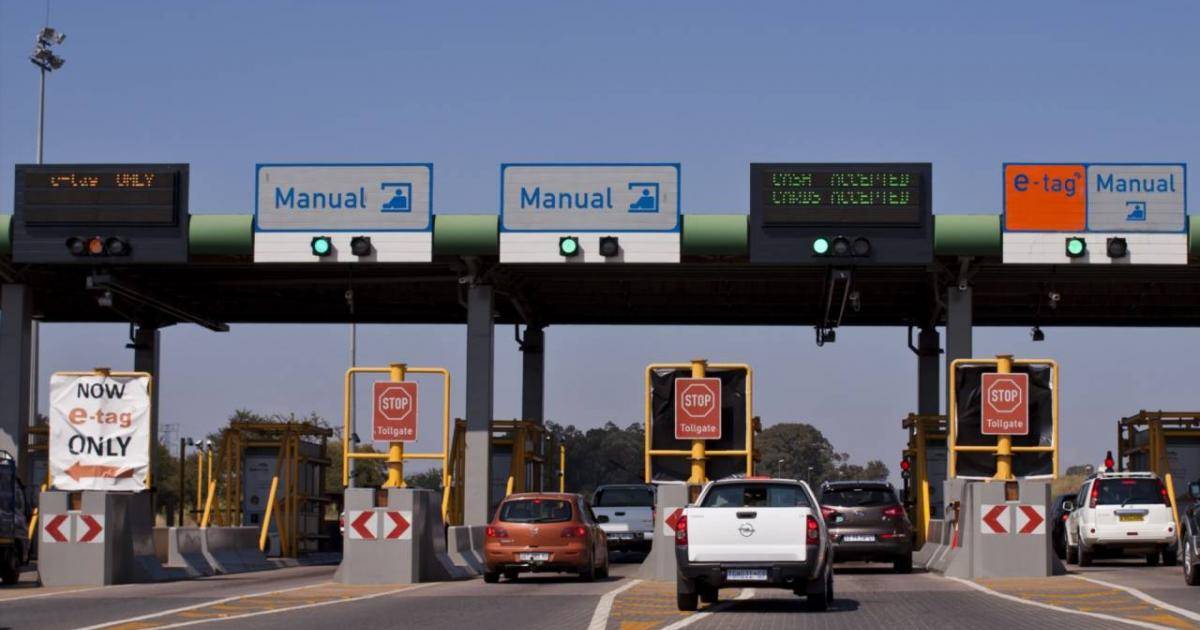
They proposed 16 routes in all some of which were already built or were under construction. The SEWRPC published a report stating their vision for the Milwaukee area's highway network in 1966. The SEWRPC took over the planning functions from the MCEC, which kept the engineering and construction functions. The State of Wisconsin created the Southeastern Wisconsin Regional Planning Commission (SEWRPC) as a result.

Through the late 1950s, the highway building project grew outside of Milwaukee County. The Interstate 94 name was applied to the North–South Freeway from the south to downtown and to the East–West Freeway entirely. The creation of the Interstate Highway System in 1956 gave the MCRC some additional funds for highway construction. As the United States was in the midst of the Cold War with the Soviet Union, the MCEC touted the planned freeways as a fire break in case the city was bombed. In it, they called for $221 million worth of highways (equivalent to $1.7 billion in 2020 ) to be completed by 1972. That organization released their first report two years later. As the project grew in size and scope, chiefly outside the city limits of Milwaukee, the Milwaukee County Expressway Commission (MCEC) was created in 1953. Initially, the Common Council was in charge of planning the freeway system. Zeidler, having support of the working-class whites in southern Milwaukee, won the election easily. Both candidates publicly supported public financing the highway project, though Ruess attacked Zeidler's socialist ideology in the media.
#Freeway pro sports free#
In order to realize these goals, the 1948 Corporation wanted the city to break free of its "socialist traditions" and borrow money for these projects. An organization of business and civic leaders called the 1948 Corporation sought to modernize the city with capital projects, such as the North–South Freeway, Milwaukee County Stadium, and the Milwaukee Arena. Before the war, Milwaukee had a tradition of pay-as-you-go financing, where projects are funded by current funds rather than incurring debt. Īlso on the ballot in 1948 was a hotly contested mayoral race between Frank Zeidler, the Socialist candidate, and Henry S. By the time the proposals were handed to voters in the form of a referendum in 1948, thirteen routes were planned for the area including the East–West and North–South freeways. In 1946, the Milwaukee Common Council carried out a study to determine the feasibility of new superhighways through the city. With the influx of new residents, it became clear that the city's aging road network was not sufficient to handle the new levels of traffic. While the overall population of Milwaukee grew 8.5% during the 1940s, the population of African-Americans grew 146.8%, an increase of nearly 13,000 residents. The dismantling of the Park East Freeway north of downtown led to a housing an entertainment construction boom and is the location of Fiserv Forum.Īfter World War II, the population of Milwaukee grew dramatically. With the election of John Norquist as mayor in 1988, Milwaukee began to undo some of the damage of its highway construction.

After a decade of aggressive highway building in the 1960s, support for freeway construction began to wane as neighborhoods started to oppose construction. A lack of foresight resulted in several communities experiencing sharp increases in property taxes such as in West Milwaukee, or the complete destruction of vibrant, African-American neighborhoods such as Bronzeville. Road plans were drawn up in the 1950s through the 1970s and several freeways were built. In Milwaukee, freeways were constructed in response to an 8.5% increase in population during the 1940s. Map of existing (in red) and unbuilt (in blue) freeways in Milwaukee metropolitan area


 0 kommentar(er)
0 kommentar(er)
